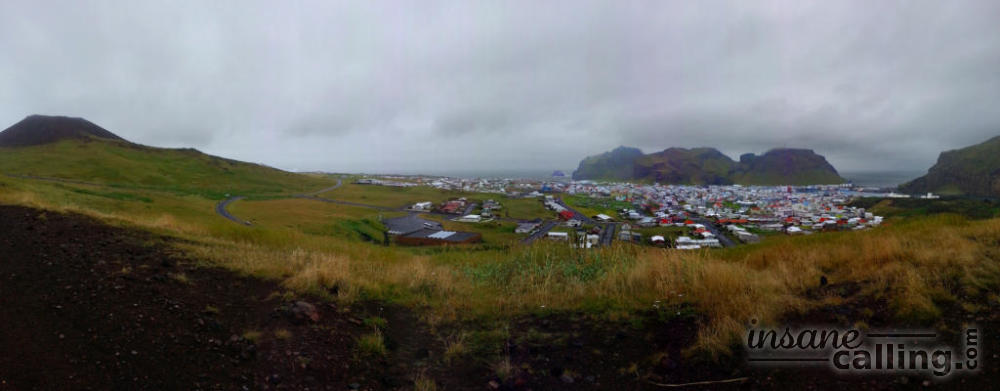Day 13
Westman Islands
A 30-minute-ferry away from the mainland, it is easy to see why, the Westman islands are a attractive day trip for travellers. We were enticed by its puffin colonies and the Eldfell, which is still venting hot air more than four decades after eruption.
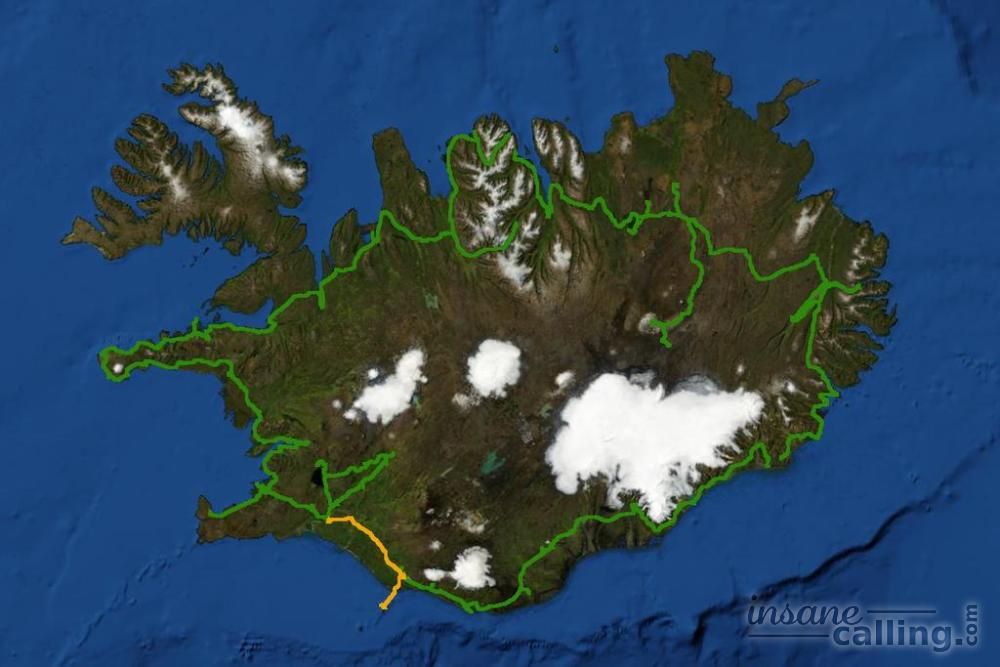
Heimaey
Waking up to a rainy and windy morning, we questioned if our plan to go the Westman islands was a sensible one. But we decided to go for it anyway. We went to Landeyjahöfn from where the ferries depart and booked our tickets to Heimaey, the largest and only inhabited island of the 18 islands that make up the Westman islands archipelago. The ferry swayed along with the strong current. If you look carefully, you can spot puffins along the cliffs as the ferry approaches the port.
When we reached Heimaey, all we wanted to do was head to a warm cafe. So we found a bakery and quizzed the friendly ladies behind the counter about every bread we were unfamiliar with and tried plenty of them with our hot chocolate and coffee and even packed some bread for the day.
Heimaey (home island) is a relatively small island to navigate. Apart from steep cliffs and volcanoes, the leftover flat surface is occupied by the harbour, the town itself and an airstrip. Flights from Reykjavík operate whenever weather permits. It has a population of 4300 people.
In 1627, a tragic event occurred on the island when 242 people were kidnapped by Algerian pirates and sold as slaves. One of those hostages was Guðríður Símonardóttir. She was brought back to Denmark by a Danish king who paid ransom to get her and few others released. Guðríður Símonardóttir met Hallgrímur Pétursson there and fell in love. Hallgrimur is a famous Icelandic poet and the Hallgrímskirkja in Reykjavík is dedicated to him.
Eldfell
Two large volcanoes dominate the eastern part of the Heimaey. Helgafell (holy mountain) is the taller and more greener one having erupted 5000 years ago. But in 1973, a fissure north east of Helgafell opened up, giving rise to Eldfell (fire mountain). The eruption changed the shape of the island completely.
Braving the winds and the drizzle we decided to climb the Eldfell. Walking around the brown and burnt orange sandy pit that the crater is today, we took in the views of the island despite the poor visibility caused by the weather. But there was something much more interesting awaiting us at the highest point of the volcano. We found vents of warm air in various spots. We were surprised at this find since it has been more than four decades since the eruption. Sitting near these vents was sitting next to a warm fireplace on a stormy night. So cosy. We placed some pieces of bread we had just purchased in the bakery at the mouth of the vents. They were toasted and tasted even better. We had carelessly placed a plastic box near a vent and it melted and changed shape. We spent a good two hours at the top, warming and drying ourselves at the warm air vents.
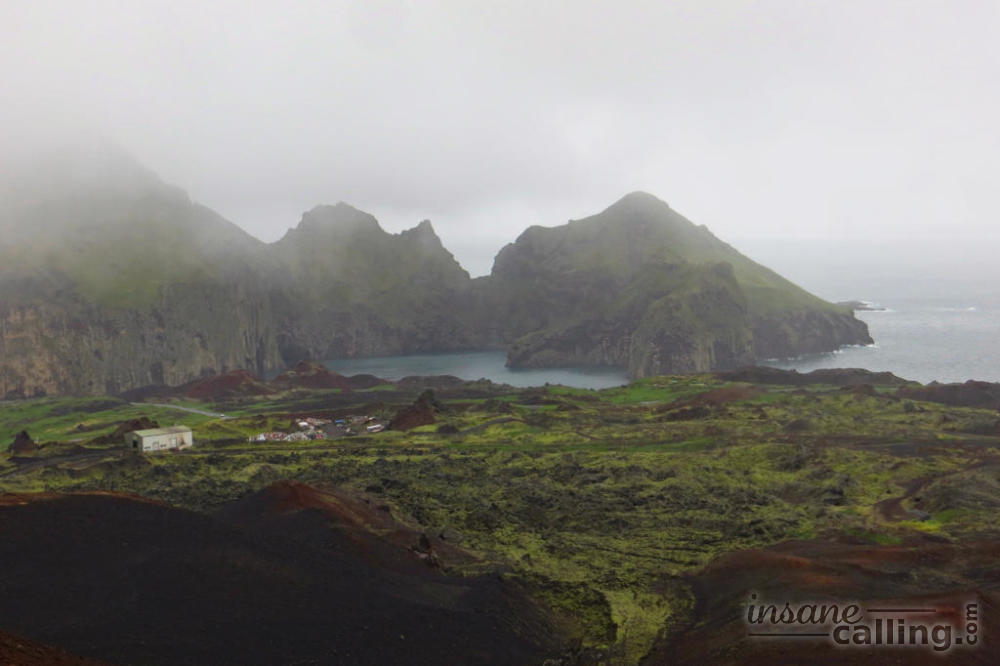
Eldheimar volcano museum
The Eldheimar volcano museum lies at the foot of the Eldfell. The museum is well made and is built around an actual house destroyed by the volcano. We learnt about the astounding efforts taken to protect the island during and after the volcanic eruption. When the lava flow from the Eldfell approached the harbour, narrowing it slowly and threatening to close it completely, it caused widespread panic among the locals. The island depended on fishing and the harbour was crucial to their livelihoods. So seawater was pumped to cool and slow down the lava flow!
The museum also has an exhibition about the Surtsey island. The Surtsey island was “born” in 1963 as a result of an underwater volcano not far from the Westman islands. It is dedicated to scientific research and only researchers are allowed to step foot on the island. The exhibition revealed how new land is inhabited by wildlife.
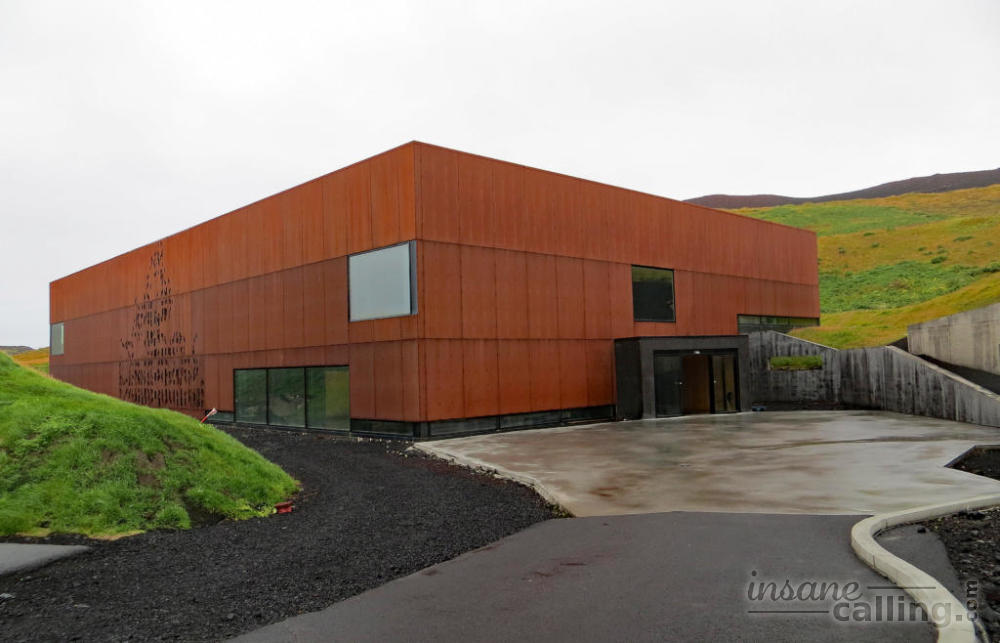
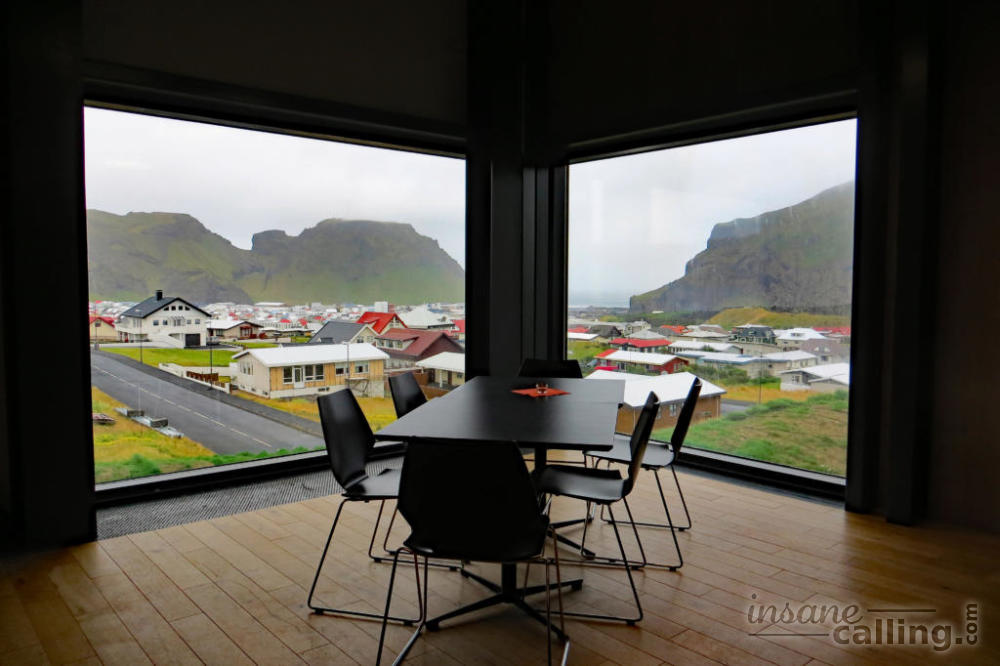
You could also go to Sæheimar aquarium and museum of natural history. People we met in the ferry told us about having met Toti, a very friendly and popular puffin in the aquarium.
Stórhöfði, in the southern tip of the Heimaey, is claimed to be the windiest place in Iceland and perhaps Europe with winds of 30 metres per second (or 108 km per hour). We could only say “Thanks, but no thanks” to that.
With the rains having stopped, we walked around the town. We stood by watching school girls play football in the grounds and their parents come pick them up and just absorbed everyday Icelandic life pass us by. Finally, we took our evening ferry back.
Seljalandsfoss
Back on the mainland, we checked out Seljalandsfoss. It is visually not as impressive as some of the other waterfalls we had seen but it had the coolness factor in that you could actually walk behind the waterfall and hear it thundering down.
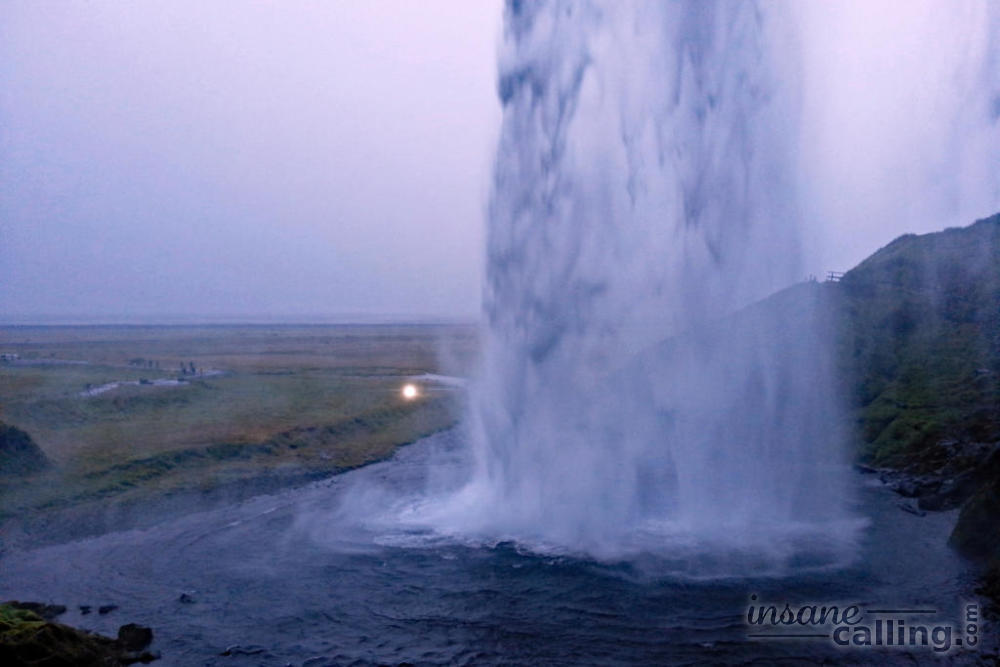
If we had had the time, we might have visited the Eyjafjallajökull Visitor Centre. Eyjafjallajökull is the volcano which erupted in 2010 causing havoc in the region in particular to air travel. But as it was getting late, we made our way to our hotel in Selfoss which felt like a large city in comparison to what we had seen in the last days. There are no waterfalls in this town despite its name.
